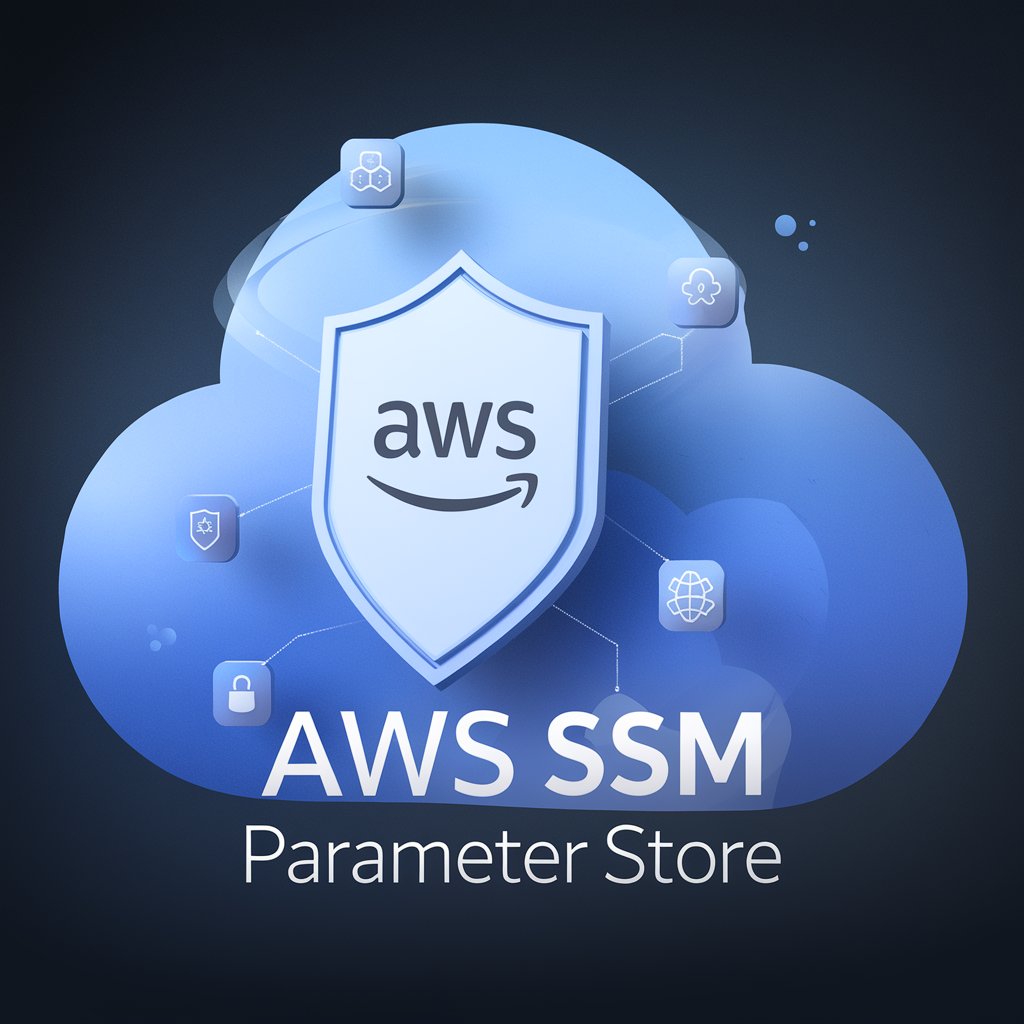As a DevOps engineer who has battled with infrastructure management for over a decade, I can’t count the times I’ve heard this question: “How do we bring our existing infrastructure under Terraform management?” The answer lies in one of Terraform’s most powerful features: Terraform Import. In this comprehensive guide, we’ll dive deep into what Terraform Import is, why you need it, and how to use it effectively.
What is Terraform Import? 🔄
Terraform Import is a functionality that allows you to bring existing infrastructure resources under Terraform management. Think of it as adopting existing infrastructure into your Terraform configuration, rather than creating everything from scratch. This is particularly valuable when you’re transitioning from manual infrastructure management to Infrastructure as Code (IaC).
Why Use Terraform Import? 🎯
Several scenarios make Terraform Import an essential tool in your DevOps arsenal:
- Legacy Infrastructure Migration
- Emergency Manual Changes
- Third-party Resource Integration
- Compliance and Documentation
- Disaster Recovery Preparation

How Terraform Import Works 🛠️
The import process involves three main steps:
- Writing the resource configuration block
- Running the terraform import command
- Validating and adjusting the imported state
Let’s look at a practical example:
# Example: Importing an existing AWS EC2 instance
resource "aws_instance" "web_server" {
# Resource configuration will be filled in after import
}terraform import aws_instance.web_server i-1234567890abcdef0Best Practices for Terraform Import 📋
1. Plan Your Import Strategy
Before starting the import process, document all resources you need to import and their dependencies. This helps avoid potential state conflicts.
2. Use Terraform Workspaces
When importing large infrastructure sets, consider using workspaces to isolate different environments:
terraform workspace new production
terraform workspace select production3. Validate Resource States
After import, always verify the state matches your expectations:
terraform show
terraform planCommon Pitfalls and Solutions ⚠️
- Missing Required Arguments
- Solution: Always check the provider documentation for required fields
- Example: Adding missing tags to imported resources
- State Conflicts
- Solution: Use
-allow-missing-configflag when necessary - Regular state backups are crucial

Advanced Import Techniques 🚀
Bulk Importing
For multiple similar resources, you can use shell scripts:
for instance in $(aws ec2 describe-instances --query 'Reservations[].Instances[].InstanceId' --output text); do
terraform import "aws_instance.server_${instance}" $instance
doneState Manipulation
Sometimes you’ll need to adjust the imported state:
terraform state show aws_instance.web_server
terraform state rm aws_instance.web_serverFAQ Section of Terraform Import ❓
Q1: Can I modify resources after importing them?
A: Yes, once imported, you can modify resources through Terraform as usual. Changes will be managed through your normal Terraform workflow.
Q2: What happens if the import fails?
A: If an import fails, Terraform won’t modify your state file. You can safely retry the import after fixing any issues.
Q3: Can I import resources from any cloud provider?
A: Yes, as long as the provider supports the import functionality for that resource type. Most major providers support importing.
Q4: How do I handle dependencies during import?
A: Import resources in order of their dependencies, starting with the most independent resources first.
Q5: Can I preview what will be imported?
A: While Terraform doesn’t provide a direct preview mechanism for imports, you can use tools like terraform plan after import to see the difference between desired and actual state.
Conclusion
Terraform Import is an invaluable tool for bringing existing infrastructure under code management. While it may seem daunting at first, following the best practices and examples in this guide will help you successfully manage your infrastructure transition to Terraform.
Remember: The goal isn’t just to import resources, but to create a maintainable and scalable infrastructure as code solution. Take your time, plan carefully, and don’t hesitate to use the community resources available to you.
Next: How to Master Terraform for_each: 5 Game-Changing Examples







